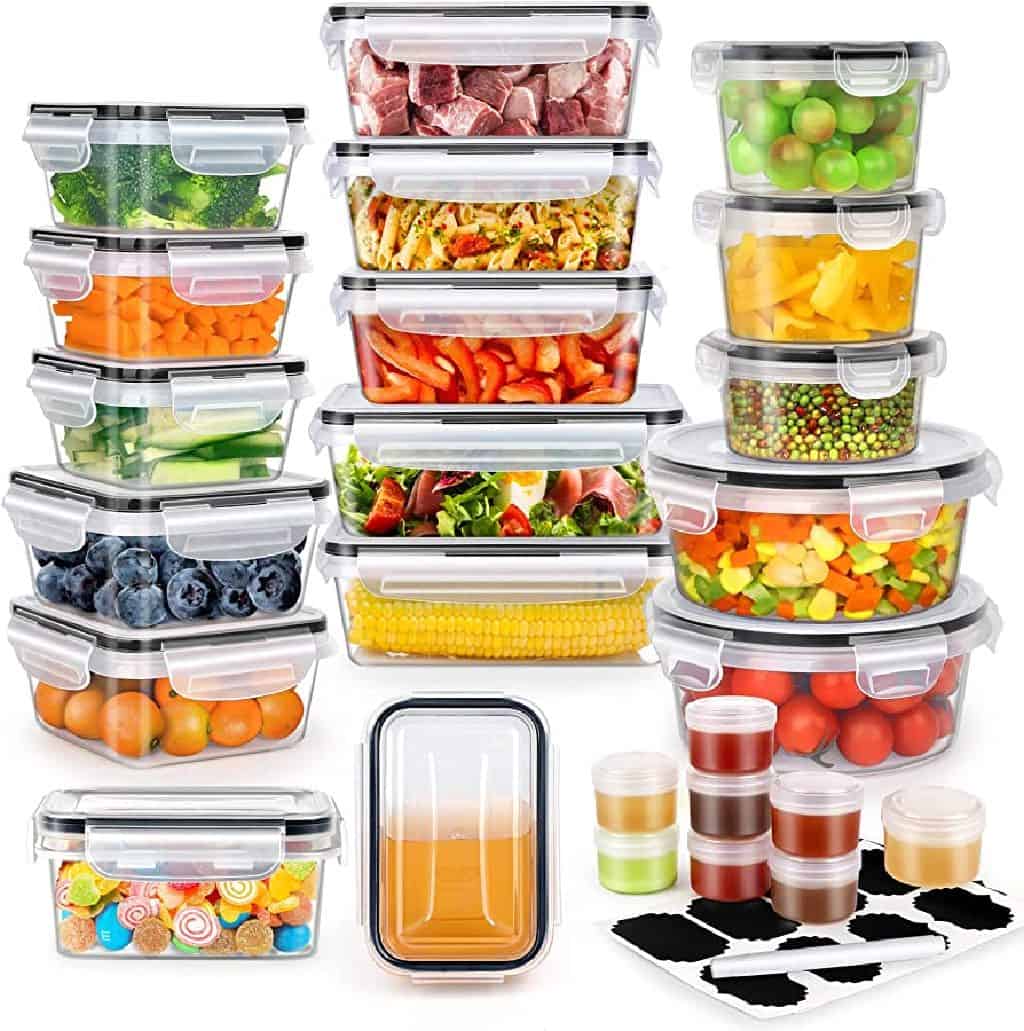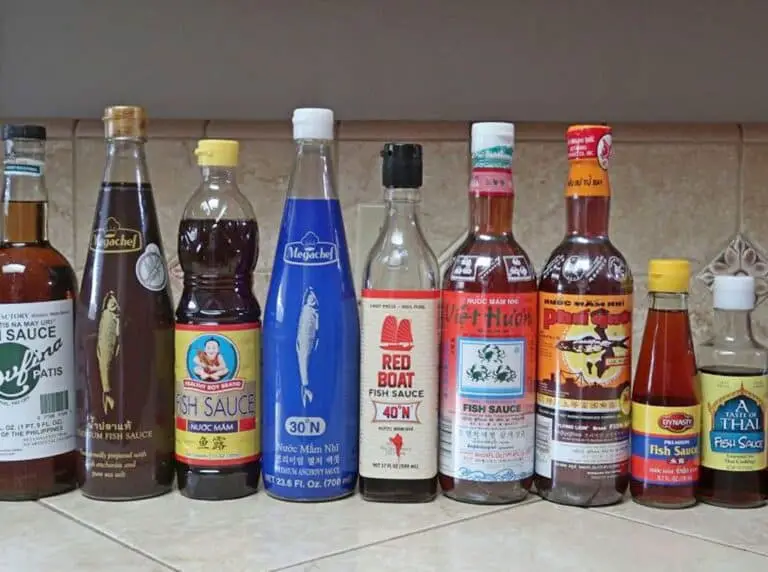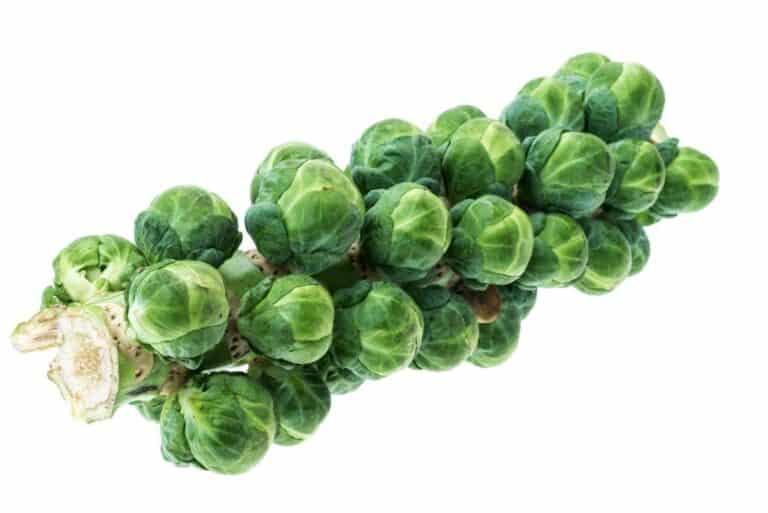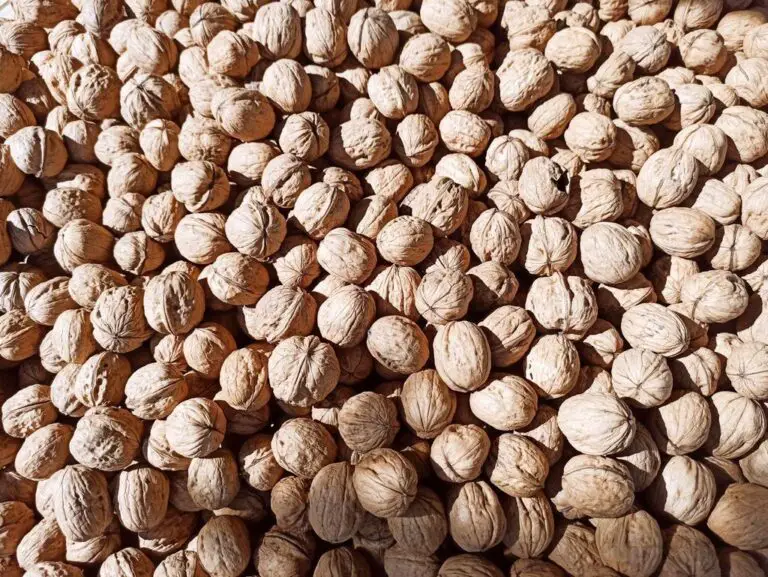ABS Plastic vs. Food Grade Plastic: What’s the Differences?

Plastic is everywhere. From food storage containers to kitchen utensils, we rely on plastic to make our lives easier. However, not all plastic is created equal. It’s important to know the difference between different types of plastics, especially when it comes to food handling and storage.
Two common types of plastic used in food-related products are ABS plastic and food-grade plastic. But what are the differences between them?
In this article, we will explore the characteristics of each type of plastic, their uses, and how to identify them, so you can make an informed decision about which type of plastic is right for your food handling and storage needs. So let’s dive in and explore the world of ABS plastic and food-grade plastic!
Understanding ABS Plastic
ABS plastic is a common thermoplastic polymer that is commonly used in a variety of applications, including automotive parts, toys, and electronics. ABS stands for acrylonitrile butadiene styrene, which are the three main components of this plastic. ABS plastic is known for its strength, durability, and ability to be molded into various shapes and sizes.
ABS plastic is also commonly used in kitchenware and food containers. This is because it is resistant to impact and scratches, making it a great choice for products that need to withstand everyday use.
However, there are some safety concerns when it comes to using ABS plastic for food-related applications, which we’ll explore later in this article.
What is Food Grade Plastic?
Food grade plastic is any type of plastic that is deemed safe for food contact. This means that it has been tested and found to not leach harmful chemicals into food or drinks. Food grade plastic is commonly used in food packaging, food storage containers, and utensils.
Some common types of food grade plastic include high-density polyethylene (HDPE), low-density polyethylene (LDPE), polypropylene (PP), and polycarbonate (PC). These materials are chosen for their ability to be molded into various shapes, durability, and resistance to chemicals.
ABS Plastic vs. Grade Plastic Composition
Composition of ABS Plastic
ABS plastic is made up of three main components: acrylonitrile, butadiene, and styrene. These components are combined in a process known as polymerization to create a thermoplastic polymer. The exact composition of ABS plastic can vary depending on the manufacturer, but typically it contains 15-35% acrylonitrile, 5-30% butadiene, and 40-60% styrene.
Composition of Food Grade Plastic
Food grade plastic can be made from a variety of materials, including polyethylene, polypropylene, and polycarbonate. These materials are chosen for their safety and resistance to chemicals. For example, polyethylene is a common material used for food packaging because it is considered safe and has a low risk of leaching harmful chemicals.
ABS Plastic vs. Grade Plastic Safety Concerns
Safety Concerns of ABS Plastic
While ABS plastic is a popular choice for kitchenware and food containers, there are some safety concerns associated with this material. One of the main concerns is that it contains styrene, which is a toxic chemical that can leach into food and drinks. Styrene has been linked to a variety of health concerns, including headaches, fatigue, and nausea.
Another safety concern with ABS plastic is that it can release harmful fumes when heated. This is because the butadiene component of ABS plastic can break down and release toxic gases, including carbon monoxide and hydrogen cyanide. For this reason, it’s important to avoid heating ABS plastic in the microwave or oven.
Safety Concerns of Food Grade Plastic
While food grade plastic is generally considered safe for food contact, there are some safety concerns associated with certain types of food grade plastic. For example, polycarbonate plastic has been found to leach a harmful chemical called bisphenol-A (BPA) into food and drinks. BPA has been linked to a variety of health concerns, including hormone disruption and developmental issues.
Another safety concern with food grade plastic is that it can scratch easily, which can create areas where bacteria can grow. This is why it’s important to choose high-quality food grade plastic as your food container for storage or cooking prepartion.
Comparing the Properties of ABS Plastic and Food Grade Plastic
To help you make an informed decision about which type of plastic is best for your needs, let’s take a closer look at the properties of ABS plastic and food grade plastic.
| Property | ABS Plastic | Food Grade Plastic |
| Strength | Strong and impact-resistant | Varies depending on type |
| Heat Tolerance | High | Varies depending on type |
| Chemical Resistance | Resistant to chemicals and oils | Varies depending on type |
| Potential Risks | May contain trace amounts of BPA and phthalates; may release styrene when exposed to heat | May contain additives that can leach into food; may break down over time |
Choosing the Right Plastic for Your Food Storage
When it comes to choosing the right plastic for your food storage and cooking needs, there are several factors to consider. These include the type of food you will be storing or preparing, the temperature at which it will be stored or cooked, and the potential risks associated with different types of plastics.
Here are some tips to help you choose the right plastic for your needs:
- Consider the type of food you will be storing or preparing. Some types of plastics are better suited for certain types of food than others. For this reason, you should not use polycarbonate or other plastics that degrade over time to store acidic foods like tomato sauce or citrus fruits.
- Check the temperature at which the plastic will be stored or cooked. Different types of plastic have different heat tolerances, so it is important to choose a plastic that can withstand the temperature at which it will be used. For example, if you will be using plastic containers to store hot soup or other hot liquids, make sure to choose a plastic that is heat-resistant.
- Consider the potential risks associated with different types of plastics. As we discussed earlier, some types of plastics may contain harmful chemicals or additives that can leach into food over time. It is important to choose a plastic that is free from these potential risks. Look for plastics that are labeled as “BPA-free” and “phthalate-free“.
- Choose a reputable brand. When it comes to food storage and preparation, it is always best to choose a brand that you trust. Look for brands that have a proven track record of producing high-quality, safe plastic products.
How to Check Plastic Labels for Food Safety?
Knowing how to check plastic labels for food safety is important to ensuring that you and your loved ones are consuming food that is not only delicious but also safe for consumption. Fortunately, checking plastic labels for food safety is a straightforward process, and it all comes down to understanding the different recycling numbers that are commonly used in plastic products.
Recycling numbers are typically printed on the bottom of plastic containers and are represented by a triangle made up of arrows surrounding a number. These numbers are used to indicate the type of plastic that is used to make the container and provide guidance on whether the plastic is safe for food use.
As a general rule, recycling numbers 1, 2, 4, and 5 are considered safe for food use. These numbers indicate that the plastic is made from materials that are less likely to leach harmful chemicals into your food. Recycling number 7 is considered safe for food use, but it is less reliable than the other numbers as it is often used for a variety of different plastic types.
On the other hand, recycling numbers 3, 6, and sometimes 7 should be avoided as they may contain harmful chemicals that can leach into your food. Recycling number 3 is made from PVC or vinyl, which can release harmful chemicals during manufacturing and use. Recycling number 6 is made from polystyrene, which can break down over time and the plastic can release harmful chemicals into food. Finally, recycling number 7 is often used for polycarbonate, which contains bisphenol-A (BPA), a chemical that has been linked to a variety of health problems.
It’s important to note that recycling numbers are not the only factor to consider when choosing a plastic container for food use. The age and quality of the container, type of food, and the environment in which it will be used are also important considerations.
In addition to checking the recycling number, there are a few other things that you can look for when checking plastic labels for food safety. These include:
- BPA-free labels: Look for labels that indicate that the container is free from BPA. BPA is a chemical that is often used in the production of polycarbonate plastic and has been linked to a variety of health problems.
- Phthalate-free labels: Look for labels that indicate that the container is free from phthalates. Phthalates are a group of chemicals that are often used to soften plastic and can leach into food over time.
- Microwave and dishwasher safe labels: If you plan on using the container in the microwave or dishwasher, look for labels that indicate that it is safe to do so.
By following these tips and checking plastic labels, you are making the best possible choices when it comes to food storage and consumption. Remember to prioritize your health and wellbeing by choosing plastic containers that are safe for use with food.
Alternatives to ABS Plastic and Food Grade Plastic for Food Storage and Cooking
If you are concerned about the potential risks associated with ABS plastic or food grade plastic, there are several alternative materials that you can consider. These include:
- Glass: Glass is a safe and durable material that is ideal for food storage and cooking. It is non-toxic, does not leach harmful chemicals, and is easy to clean. Glass containers are also microwave and dishwasher-safe, making them a convenient option for everyday use.
- Stainless steel: Stainless steel is another safe and durable material that is ideal for food storage and cooking. Stainless steel is non-toxic, does not leach harmful chemicals, and is resistant to corrosion and staining. Stainless steel containers are also dishwasher-safe and can be used for both hot and cold foods.
- Silicone: Silicone is a non-toxic and heat-resistant material that is ideal for food storage and cooking. It is durable, easy to clean, and can be used in the oven, microwave, and freezer. Silicone containers are also collapsible, making them a convenient option for travel and storage.
- Ceramic: Ceramic containers are yet another excellent alternative for food storage. They are non-toxic, reusable, and microwaveable or ovenable.
- Beeswax Wraps: Beeswax wraps are a natural and environmentally beneficial alternative to plastic wrap. They are constructed of cotton cloth that has been coated with beeswax, jojoba oil, and tree resin and can be worn for up to a year.
Conclusion
When it comes to food storage and cooking, the choice of plastic can have a big impact on your health and wellbeing. While both ABS plastic and food grade plastic are generally considered safe for food contact, there are some potential risks to be aware of. To choose the ideal plastic for your purposes, it’s important to think about the features of various plastics as well as the risks associated with them.
Alternatively, you can also consider using alternative materials such as glass, stainless steel, or silicone for safe and sustainable food storage and cooking.






